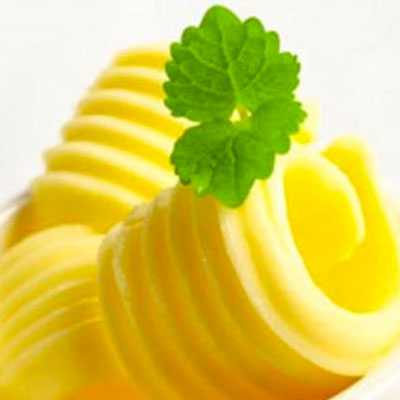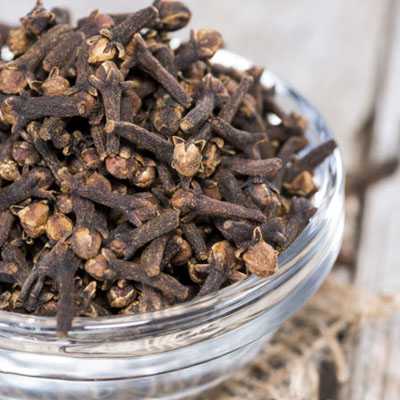Origins of Tourtière
Tourtière isn't just a pie; it's a portal to a bygone era. This Tourtière recipe isn't a mere collection of ingredients and instructions; it's a bridge across generations, a taste of heritage passed down from grandmothers to grandchildren, carrying the warmth and spirit of French Canadian tradition in every flaky bite.
So, gather your loved ones, preheat your oven, and embark on this culinary adventure together. Let the aroma of browning meat and sizzling onions fill your kitchen, let the rhythmic tap of rolling pin against dough become a familiar melody, and let the golden glow of the Tourtière as it emerges from the oven become a beacon of warmth and tradition. Each bite is a story waiting to be savored, a legacy shared, and a connection to the enduring spirit of French Canadian cuisine. It's more than just a Tourtière meat pie; it's a celebration of heritage, a promise of comfort, and a taste of love, baked golden brown and bursting with life in every mouthful.
What Is The Difference Between A Meat Pie And A Tourtière?
The differences between a meat pie and a Tourtière can be subtle, but they do exist. Here are the diffrences:
Ingredients:
- Meat: Meat pies, while diverse, often use different combinations of ground meats like beef, pork, lamb, or chicken. Tourtières traditionally use a specific blend of ground pork and beef, though some regional variations might include game meats.
- Potatoes: While some meat pies might have potato chunks or mashed potatoes mixed into the filling, Tourtières always prominently feature thinly sliced potatoes arranged on top of the meat filling, creating a distinct visual and textural contrast.
- Spices: Tourtières have a signature spice blend that includes cloves, allspice, and nutmeg, giving them a warmer, earthier flavor compared to the broader variety of herbs and spices used in meat pies.
Preparation:
- Crust: Both utilize a pastry crust, but Tourtière crusts tend to be flakier and lighter, often made with lard or a combination of butter and lard, compared to the thicker, more buttery crusts of some meat pies.
- Cooking: Traditional Tourtières are baked longer at a lower temperature than many meat pies, allowing the filling to slowly develop its rich flavor and the potatoes to become perfectly tender.
Regional Variations:
Meat pies: Exist in countless variations worldwide, with different regional styles and fillings.
Tourtières: While variations exist within Quebec, they generally adhere to a common core recipe and are considered a cultural symbol.
So, while both are savory pies with meat fillings, a Tourtière can be seen as a specific type of meat pie with distinct characteristics stemming from its French Canadian heritage. It's a dish with a long history and deep cultural significance, offering a unique and comforting flavor experience.
What To Serve with Tourtiere (French Canadian Meat Pie)?
Complement the savory delight of Tourtière, the French Canadian meat pie, with a selection of sides that elevate its flavors. It goes with a vibrant cranberry sauce, whose sweet and tangy notes create a delightful contrast. Roasted or mashed potatoes offer a hearty accompaniment, enhancing the overall satisfaction of the dish. A crisp green salad with a zesty vinaigrette provides a refreshing palate cleanser, balancing the richness of the meat pie. For a touch of elegance, steamed vegetables or glazed carrots bring both color and nutrition to the table. Complete the experience with a dollop of mustard or relish for a burst of additional flavor.
Here are our delicious recipes that you can serve with Tourtiere:
How To Store Tourtière?
Storing and freezing your Tourtière ensures you can savor its flaky goodness later and avoid food waste. Here's how to keep your culinary masterpiece fresh:
Storing:
- Let your Tourtière cool completely to room temperature before storing. This prevents condensation and potential bacteria growth.
- Choose airtight containers made from non-reactive materials like glass, ceramic, or high-quality stainless steel. These materials prevent unwanted flavors from leaching into your pie and inhibit oxidation that dulls its vibrancy.
- Consider pre-slicing your Tourtière for individual portions. This makes reheating easier and avoids unnecessary temperature fluctuations. Wrap each slice tightly in plastic wrap or aluminum foil before placing them in the container.
Short-Term Storage:
Stored properly, your Tourtière will stay fresh and delicious for up to 3 days in the refrigerator. Label the container with the date to monitor freshness.
Long-Term Storage:
- For the ultimate in pie preservation, embrace the icy abyss of the freezer! Transfer your completely cooled Tourtière to a freezer-safe airtight container or heavy-duty freezer bag. Squeeze out excess air to prevent freezer burn and label it with the date.
- For extra protection, wrap the container or bag in aluminum foil before freezing.
- Frozen Tourtière will remain safe and tasty for up to 3 months.
Reheating:
- When the craving strikes, thaw your frozen Tourtière overnight in the refrigerator for the safest and most even reheating. Alternatively, thaw it by submerging the sealed container in cold water, changing the water regularly.
- Gently warm your Tourtière on the stovetop over medium heat, adding a splash of water or broth to prevent drying. Alternatively, use a microwave on low power, taking breaks to stir and ensure even heating. Avoid overcooking!
Storage Tips:
- Add a dollop of cream or a drizzle of olive oil to the surface of your stored Tourtière before sealing it. This creates a protective layer that further hinders oxidation and preserves freshness.
- If you notice any unpleasant odor or discoloration after storage, discard the Tourtière for safety reasons.
With these simple storage tips, you can confidently bake a big batch of Tourtière and enjoy its comforting flavors throughout the week, or even preserve the taste of tradition for future feasts. So go forth, bake, share, and store, knowing your delectable legacy awaits, ready to warm hearts and tantalize taste buds, one flaky, golden bite at a time!

















































